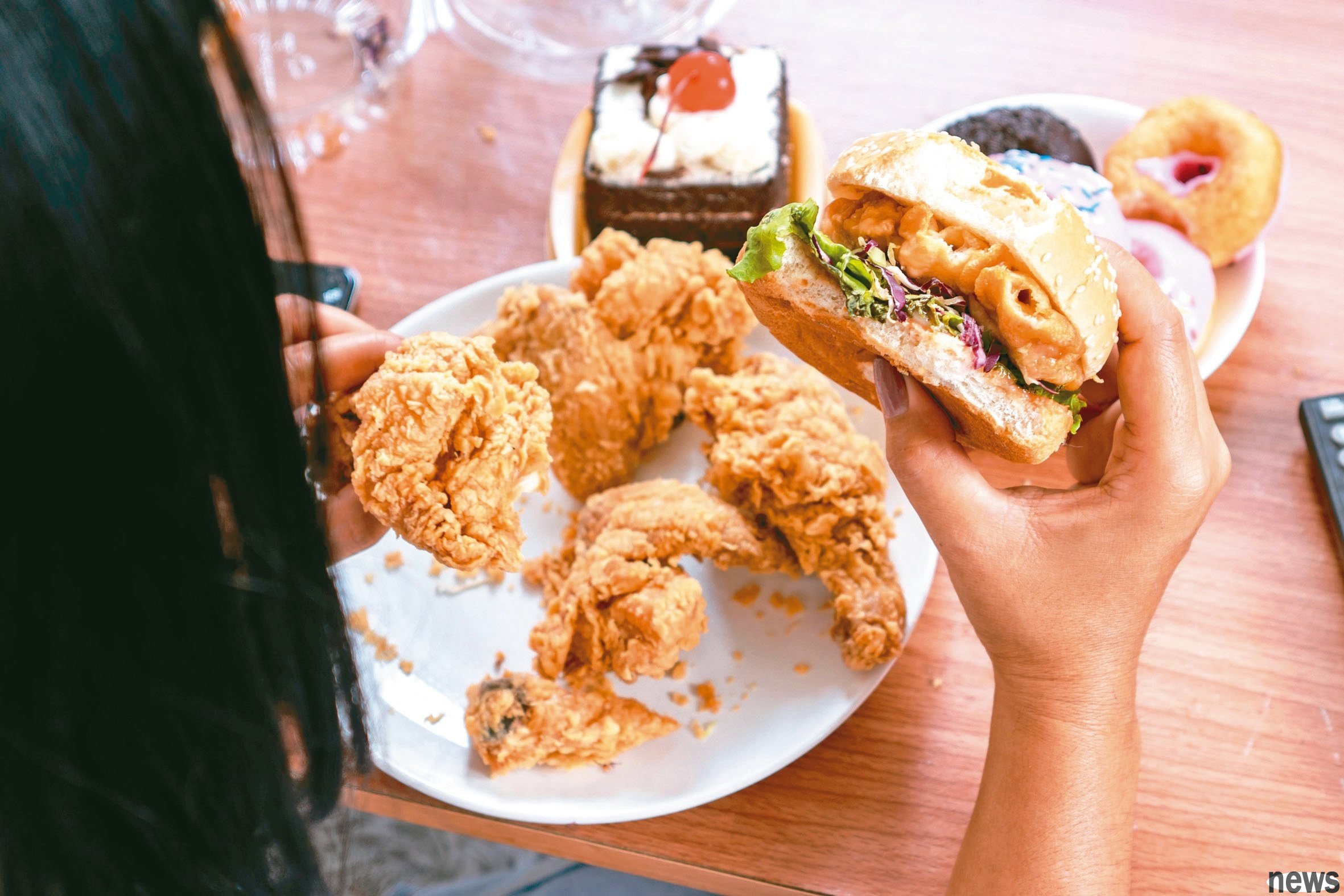
The Lancet, the world's most authoritative medical journal, recently published a report stating that unhealthy eating habits cause about 15 million deaths every year, accounting for 27% of the total global deaths. It is also reminded that the seemingly ordinary "brown foods" in daily life - fried foods, red meat, processed foods and refined starches are quietly shortening the life span of modern people.
The danger of an "all brown" meal: processed meat, fried food, and white rice are all affectedAt noon when modern people are busy, the common combinations are fried chicken bento, beef bowl, ramen or hamburger, and the color is almost all "brown". However, physician Tetsuya Tanimoto also warned that these convenient and delicious meals are actually high in fat, salt, and sugar. Excessive intake of processed meat, red meat and ultra-processed foods not only leads to diabetes, high blood pressure and obesity, but is also associated with an increased risk of cancer and heart disease.
The World Health Organization (WHO) has long classified processed meats such as ham, sausage, and bacon as "Level 1 carcinogens." Research shows that eating 50 grams a day (about one sausage or two slices of bacon) increases the risk of colorectal cancer by 18%.
Also worth noting are ultra-processed foods, such as instant noodles, bread, and potato chips. Long-term follow-up studies have found that people who eat more of these foods have about 4% higher all-cause mortality, and even 9% higher non-cancer and heart disease mortality.
It’s not just “eating too much fat”: red meat and white rice may also be hidden killersIn addition to processed meat, excessive red meat (beef, pig) can also increase the risk of heart disease and diabetes. People who ate an extra 100 grams of red meat per day had an 11% increased risk of heart disease. And "refined carbohydrates" such as rice and bread also have hidden dangers. Research shows that people who eat three bowls of white rice a day have a 27% higher risk of diabetes. Because white rice loses dietary fiber and vitamins during processing, it can easily cause blood sugar to rise sharply.
Doctor Tetsuya Tanimoto also reminded that Japanese and Taiwanese people should pay special attention to salt intake. The World Health Organization recommends less than 5 grams of salt per day, but most Asians consume an average of 10 grams, almost twice the recommended amount. Traditional foods such as miso soup, soy sauce, and pickles can easily contain excessive amounts of salt.
What long-lived people have in common: Eat "lightly and in moderation"On the other hand, longevity people generally have several common habits, such as eating a very nutritious and healthy breakfast, usually based on tofu, natto, vegetable soup and brown rice; eating only eight percent full, they will eat more when they can Put down your chopsticks at one o'clock; eat vegetables first to slow down the rise in blood sugar and increase satiety; replace meat with fish and eat mackerel and saury at least three times a week; moderate intermittent fasting to allow the body to rest and improve metabolism; instead of eating alone, eat with family and friends, which is good for mental health.
Start with a meal: Practical method recommended by doctorsIf you want to change your diet, you don’t have to make drastic changes at once, just start with lunch. For example, replace the fried chicken bento with a grilled fish set meal; or add a salad to the beef bowl and change it to a small bowl; or replace the instant noodles with rice balls and vegetable soup; mix the white rice with 30% brown rice or grain rice; arrange a "meat-free day" every week; use reduced-salt soy sauce, lemon juice or spices instead of heavy salty seasonings.